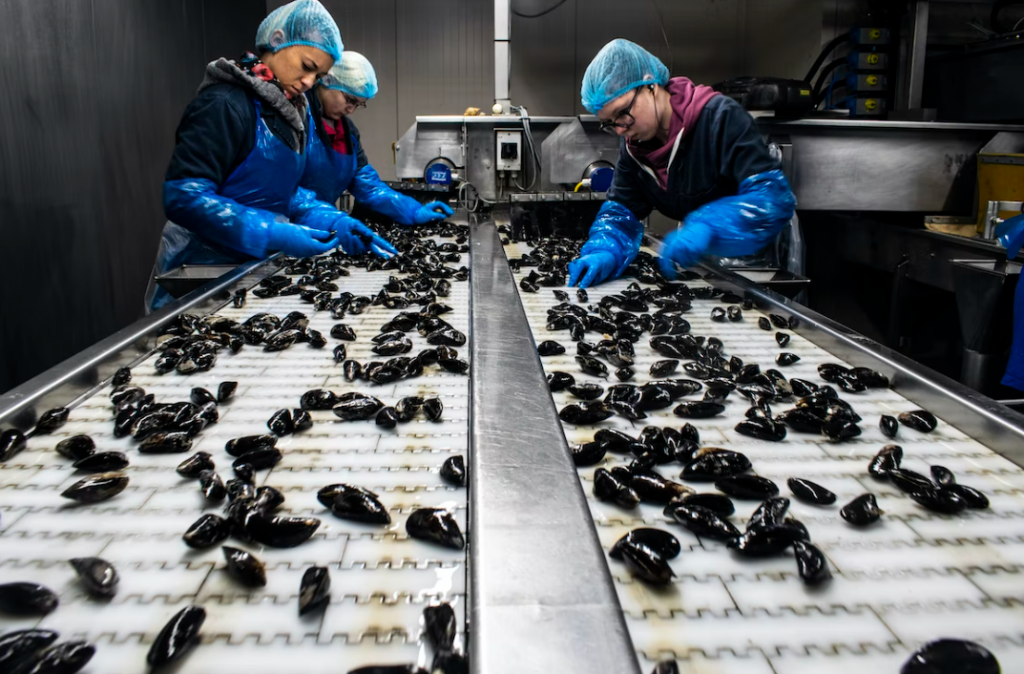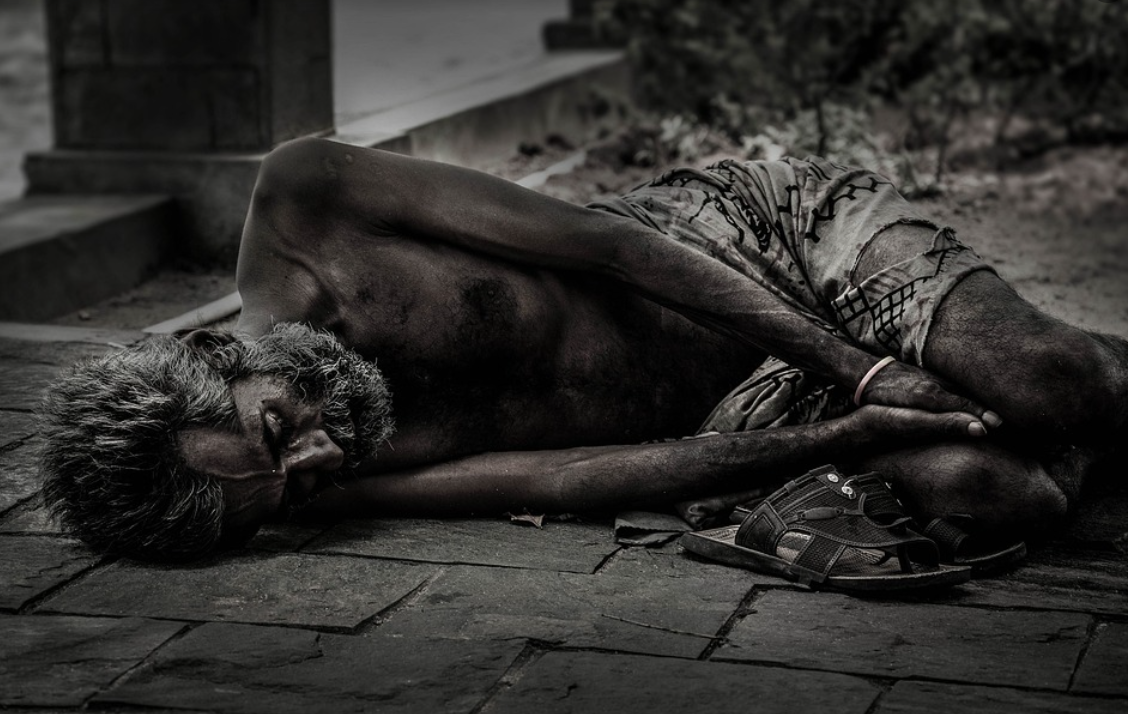Table of Contents
What are the Problem of Modern Slavery in Supply Chains
Modern slavery is a complex and pervasive issue that continues to affect millions of people worldwide. One of the most insidious forms of modern slavery is forced labour in global supply chains. This is where individuals are coerced or deceived into working in factories, mines, farms or other industries, with little or no pay and no ability to leave. This exploitation often goes unnoticed by consumers who buy products made by companies that use these labour practices.
In this guide, we explore five important facts about the problem of modern slavery in supply chains.
1. Modern Slavery Is Prevalent in Supply Chains
Modern slavery is a global problem affecting an estimated 40 million people worldwide, and supply chains significantly contribute to this issue. Many companies use suppliers and subcontractors to produce goods at a lower cost, often in countries where labour laws are weak or not enforced. This creates a breeding ground for exploitation and forced labour. Estimates from the International Labour Organization (ILO) show that there are 27.6 million people in forced labour globally, with 17.3 million working in the private sector. Supply chains are a key driver of this exploitation, with forced labour often found in agriculture, construction and manufacturing industries.
2. Forced Labour Is Often Hidden in Supply Chains
 The hidden nature of modern slavery in supply chains makes it difficult to identify and address. Companies may be unaware that their suppliers are using forced labour or turn a blind eye to the issue to maintain low production costs. The complexity of global supply chains can also make it difficult to verify the provenance of goods and products, making it harder to identify cases of forced labour. This lack of transparency can lead to serious human rights abuses, and companies must take steps to increase transparency and traceability in their supply chains.
The hidden nature of modern slavery in supply chains makes it difficult to identify and address. Companies may be unaware that their suppliers are using forced labour or turn a blind eye to the issue to maintain low production costs. The complexity of global supply chains can also make it difficult to verify the provenance of goods and products, making it harder to identify cases of forced labour. This lack of transparency can lead to serious human rights abuses, and companies must take steps to increase transparency and traceability in their supply chains.
3. Modern Slavery in Supply Chains Is Linked to Poverty and Inequality
Modern slavery is often linked to poverty and inequality, with vulnerable individuals forced into exploitation due to their lack of economic opportunities. Many of these individuals live in poverty and have few options other than to work in industries where forced labour is prevalent. The ILO estimates that most of those in forced labour work in industries that generate an estimated $150 billion in illegal profits yearly. This money is often made at the expense of workers who are not paid a fair wage and are subject to abusive working conditions.
4. Government Action Is Crucial to Combat Modern Slavery in Supply Chains
Governments have an essential role in combating modern slavery in supply chains. They can introduce legislation requiring companies to disclose information about their supply chains, including the steps they take to identify and address forced labour. Governments can also enforce labour laws and regulations that protect workers’ rights. They can work with businesses and civil society organisations to raise awareness of the issue and share best practices.
5. Consumers Have a Role to Play in Combating Modern Slavery in Supply Chains
Consumers can also play a role in combating modern slavery in supply chains. By choosing to buy products from companies that have transparent and ethical supply chains, consumers can help drive positive change. Consumers can also raise awareness of the issue and pressure companies to address forced labour in their supply chains. Social media can be a powerful tool for consumers to highlight companies that are not taking action on this issue and to celebrate those that are.



























